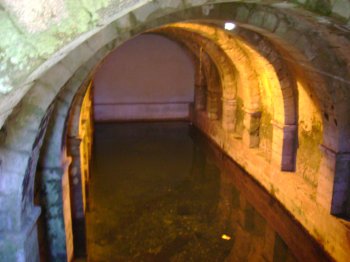Explore the best places
Discover new places in Reguengos de Monsaraz
Anta 2 do Olival da Pega
- heritage
Monsaraz
7200-171, Monsaraz
It is thought that this dolmen was built at the same time as the first, between 3500 and 3000 BC has not yet been fully excavated, but it has already been possible to make it known that this dolmen was a funerary complex with very generous dimensions, where human remains were found more than 118 individuals.
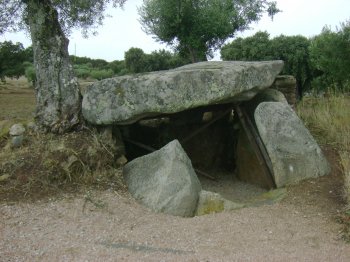
Casa da Inquisição / Centro Interactivo da História Judaica
- heritage
Travessa do Quebra-Costas, 7
7200-175, Reguengos de Monsaraz
It is said that this was the House where they were horribly tortured prisoners by the inquisitors, although there is no documentary evidence. Contends that this House has been in the service of the Inquisition only as process file or as a prison until the prisoners being judged in the Court of Holy Office, in Évora.
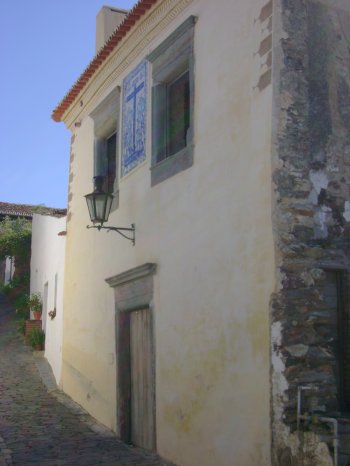
Anta 1 do Olival da Pega
- heritage
Monsaraz
7200-171, Monsaraz
Large tapir situated along the river of the handle. Thought to have been built between 3500 and 3000 BC and who have witnessed at least 134 burials. When was excavated was found that had already been previously disturbed. The estate found is considerable in quantity and diversity.
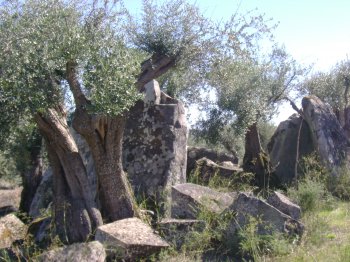
Ermida de São Bento
- heritage
Rua de São Bento
7200-175, Monsaraz
Rural Chapel of simple strokes, situated on a higher point to provide an attractive sight. Is degraded inside and outside. Consists of a nave, a chancel and a vestry. The mural that contains inside is Baroque, as well as the composition naturalist inscribed on the dome.

Ermida de Santo Ildefonso
- heritage
Corval
7200, Corval
A 16th century chapel, rural, built in the 16th century, with an extended porch arches, square chancel, nave and rectangular pulpit on the porch. In the 18th century was rebuilt after the earthquake. The interior murals represent Saints. In 1964 it was restored and reopened to the cult.
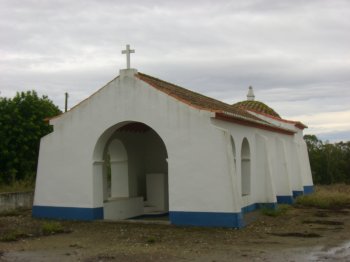
Torre do Esporão
- heritage
Herdade do Esporão - Apartado 31
7200-999, Reguengos de Monsaraz
This building used to be associated with the road network of the region. Consists of 3 floors, simultaneously, civil architecture and Gothic Romanesque. It is difficult to assign the construction season, though believed to have been in the mid-13TH century, given his seniority may be more remote than believed.
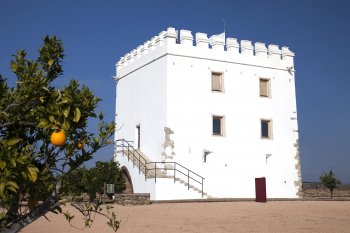
Ermida de São João Baptista
- heritage
Monsaraz
7200, Reguengos de Monsaraz
This is the oldest monument in the parish. Small chapel, 16th-century building, located in the bastion of s. João, although healed already existed in the 14th century. The highlight goes to the murals of 1622, revealing 20 representations of late Manueline inspiration.
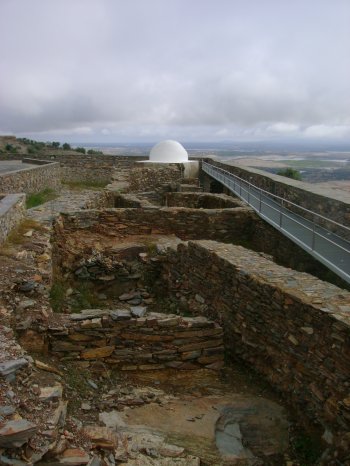
Igreja do Carmo
- heritage
Rua de Joaquim António Tendeiro, 4
7200-177, Motrinos
This chapel was built in the early 17th century and was completed only in 1763, though over time additions have occurred of various types. It is considered that this is a typical Portuguese Baroque construction of most rural spaces. Usually caiada annually and in the 20th century met several rehabilitations.
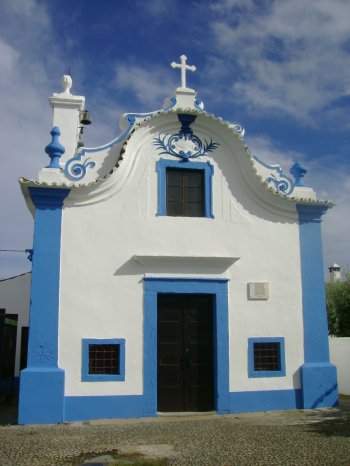
Ermida de São Sebastião
- heritage
Monsaraz
7200, Monsaraz
16th century architecture, like other rural churches of Alentejo, is isolated and provides an admirable landscape. Is simple and still retains the murals, representing St. Francis receiving the stigmata. There are two side altars, one of Nossa Senhora da Graça, another of s. Caetano. The image of the Patron Saint is the Center.

Cisterna da Vila
- heritage
Travessa da Cisterna
7200-175, Reguengos de Monsaraz
This medieval cistern of wealthy proportions dating from the 14th century and is by the door of the hole. Function was to collect and store rainwater and was the main reservoir that supplied the population. In 1950 went on to serve only for domestic watering, given the implementation of the public water supply system, but continues to be a significant architectural testimony of rainwater.
